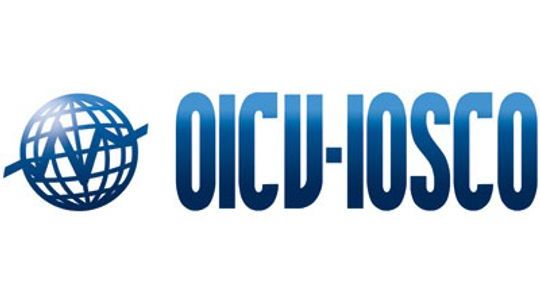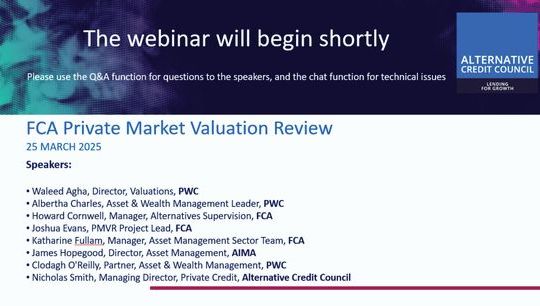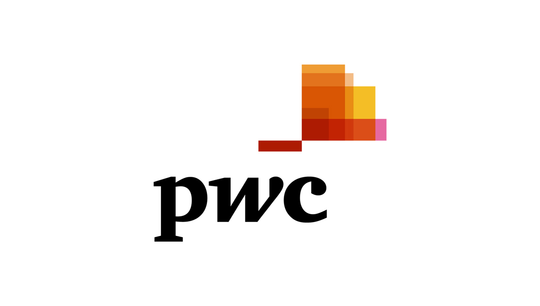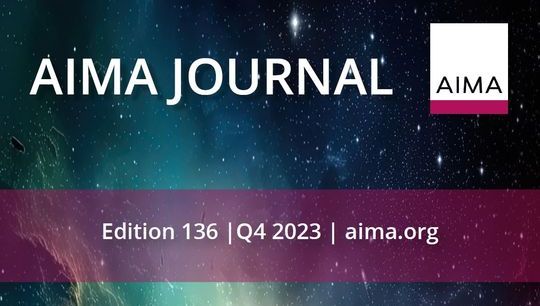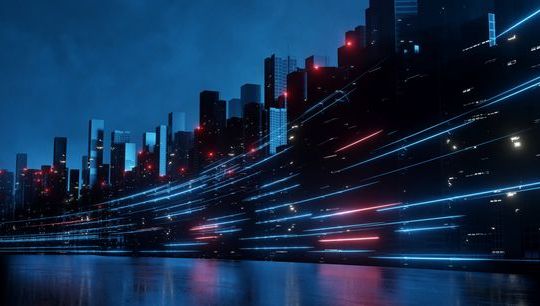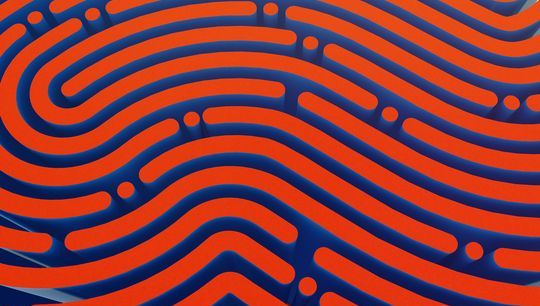AIMA Global Investor Board Insights: Private Equity Valuations
Published: 23 June 2023
AIMA's Global Investor Board on Private Equity Valuations
- Private equity is a diverse asset class. Within, there is a stratification of deal sizes and valuations with the ability to arbitrage premiums in private markets.
- Most private equity deals are less than $25M, though more active price discovery occurs in companies with revenues of $100M+, making these both more liquid and more volatile.
- Operational drivers account for nearly 70% of private equity valuation mark-ups, with the biggest driver being earnings (EBITDA).
- Today, firms wait longer to go public (if at all), with an average time-to-IPO of 12-14 years today vs. 6-8 years in the 1990s. GPs, too, have more luxury in waiting to sell at what they deem is the right valuation.
- For the median lead investor, often there are more reasonable valuations until the C & D rounds, where most of the excess occurs, though this has corrected much more recently.
- For diligence purposes, it’s important to review how GPs have valued their portfolios in the past to understand their process and how consistently it’s applied.
- Stability is a feature with lagged private equity valuations, not a bug. While valuations are coming down and more down rounds expected to come, overall, private equity is reasonably fairly valued.
- While forced sellers in the secondary market are often taking an unfair haircut, buyers can take advantage of this in the current market, accentuated by the denominator effect due to the difference between public and private market valuations leading to some institutions being overweight private markets.

